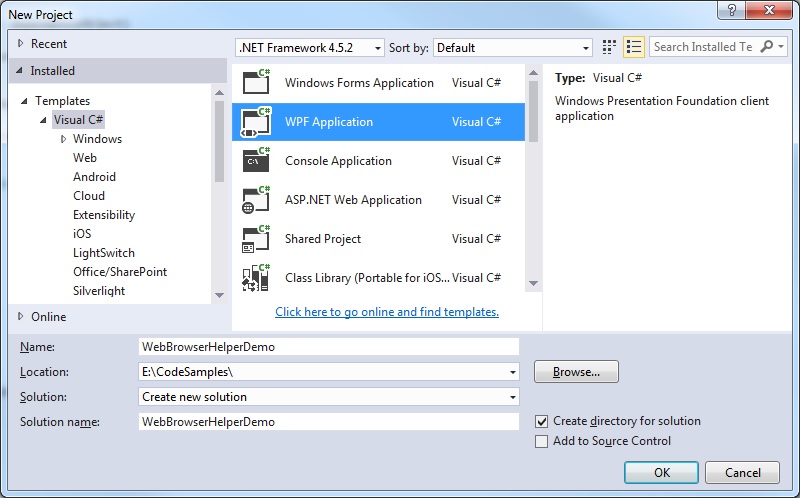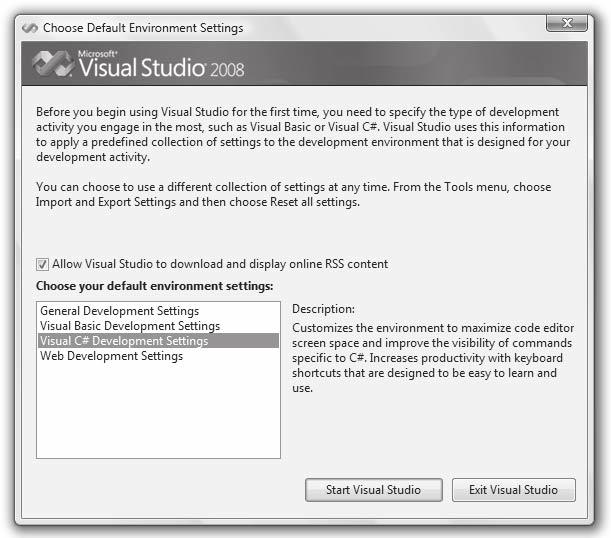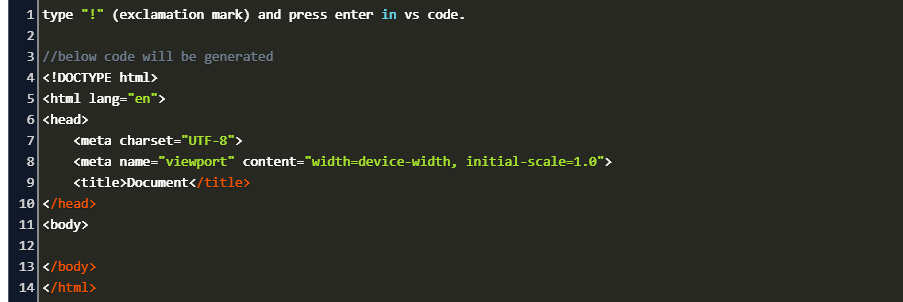
- VISUAL STUDIO SHORTCUTS FOR C# READONLY PROPERTY VERIFICATION
- VISUAL STUDIO SHORTCUTS FOR C# READONLY PROPERTY CODE
Generics, Partial types, Anonymous Methods, Iterators, Nullable types, Getter/Setter separate accessibility, Delegates, Static classes, Delegate inference. C# VersionĬlass, Structs, Interfaces, Events, Properties, Delegates, Expressions, Statements, Attributes, LiteralsĮnhancements and call of Dispose on an IEnumerator for-each call. The language specification is the definitive source for C# syntax and usage.At the time of writing the current version of C# is 9.0, and the framework version is. The example displays output like the following:Ĭomparison Between Properties and Indexersįor more information, see Properties in the C# Language Specification. In addition, the set accessor validates the data and throws an ArgumentOutOfRangeException if the number of hours is invalid. Both the get and the set accessors perform the necessary conversion between hours and seconds. A read-write property named Hours allows the customer to specify the time interval in hours. Internally, the class stores the time interval in seconds in a private field named _seconds. In this example, the TimePeriod class represents an interval of time.

The following example illustrates this pattern. Both accessors may also perform some conversion or computation on the data before it is stored or returned. The get accessor returns the value of the private field, and the set accessor may perform some data validation before assigning a value to the private field. One basic pattern for implementing a property involves using a private backing field for setting and retrieving the property value.

VISUAL STUDIO SHORTCUTS FOR C# READONLY PROPERTY CODE
Simple properties that require no custom accessor code can be implemented either as expression body definitions or as auto-implemented properties. Write-only properties are rare and are most commonly used to restrict access to sensitive data. Properties can be read-write (they have both a get and a set accessor), read-only (they have a get accessor but no set accessor), or write-only (they have a set accessor, but no get accessor). The value keyword is used to define the value being assigned by the set or init accessor.

For more information, see Restricting Accessor Accessibility. These accessors can have different access levels. In C# 9 and later, an init property accessor is used to assign a new value only during object construction.
VISUAL STUDIO SHORTCUTS FOR C# READONLY PROPERTY VERIFICATION
Properties enable a class to expose a public way of getting and setting values, while hiding implementation or verification code.Ī get property accessor is used to return the property value, and a set property accessor is used to assign a new value. This enables data to be accessed easily and still helps promote the safety and flexibility of methods.

Properties can be used as if they are public data members, but they are actually special methods called accessors. A property is a member that provides a flexible mechanism to read, write, or compute the value of a private field.


 0 kommentar(er)
0 kommentar(er)
